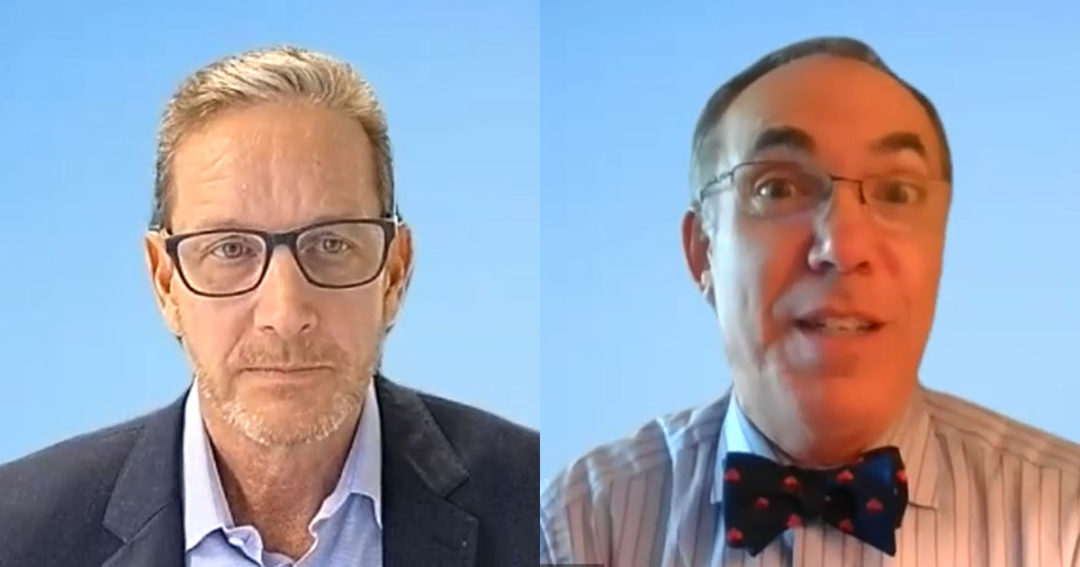
The growing, slowing economy
6 key takeaways for the economy in 2022.
The economy is growing but slowing in 2022, according to Elliot Eisenberg, economist and president of GraphsandLaughs, LLC.
During a webcast from Origence, a CUNA associate business member at the premier level, he revealed six key takeaways for the economy:
1. 2022 will be a solid year
The economy should continue to grow in the immediate future but slow down through 2025.
“2022 is going to be a good year. It won’t be a great year, but we’ll get 2.5% or 2.6% GDP growth and the recession won’t hit until 2023—if it hits,” Eisenberg says.
Strong gross domestic product (GDP) growth during the fourth quarter of 2021 compensated for a sluggish first quarter in 2021, averaging out to 2.75% growth, he says. That level won’t be sustainable.
Among the factors impacting the 2022 economy:
- Low daily coronavirus deaths in the U.S.
- Higher personal consumption expenditures despite supply chain struggles. These struggles, however, won’t ease soon.
- Surging oil prices, suggesting both growing global economic activity and supply constraints.
- Strong corporate profits.
- A flattening yield curve.
- Normalizing household savings rates as enhanced unemployment insurance benefits end and fiscal stimulus fades.
- Continued high used-car prices and a limited inventory of new cars.
Low inventory of existing homes with continued high prices. The national house payment-to-income ratio was 31.2% as of April 2022, the highest level since the eve of the 2008 housing market collapse.
2. The Federal Reserve will keep raising rates
“The Fed will keep raising rates, non-stop, every six weeks until inflation cracks and starts to fall,” Eisenberg says. “Even with this crummy Q1, we’re still growing too fast, and that’s why the Fed has to raise rates.”
The federal funds rate rose from 0.33% at the end of April to 0.83% in May. Eisenberg predicts it will reach 2.375% by year’s end.
“I get nervous come 2023,” he says. “The rate hikes through 2022 might come fast, but they’re tolerable. If they get to 3% or 3.25%, that’s when I begin to say, ‘Woah, I’m nervous.’”
3. The U.S. should create 3.5 million jobs
The labor market is profoundly tight, with a low unemployment rate and an improving labor force participation rate.
“By July of this year, maybe even June, we’ll have recovered all the jobs we lost,” Eisenberg says.
4. Inflation should soon peak
“Inflation will peak this quarter,” Eisenberg says. “The question is: How fast does it come down? If it takes its time, then the Fed has to raise rates more and the chances of recession are higher.”
5. Spending on services will rise
Retail spending is slowly returning to normal and spending on services will rise as demand for goods declines.
“So, the demand for goods is going to slowly dissipate,” Eisenberg says. “That should help reduce inflationary pressures to some extent.”
6. Inflation, unemployment, and inventory
These factors are crucial in determining where the economy will go.
“We want to see inflation come down as fast as possible,” Eisenberg says.